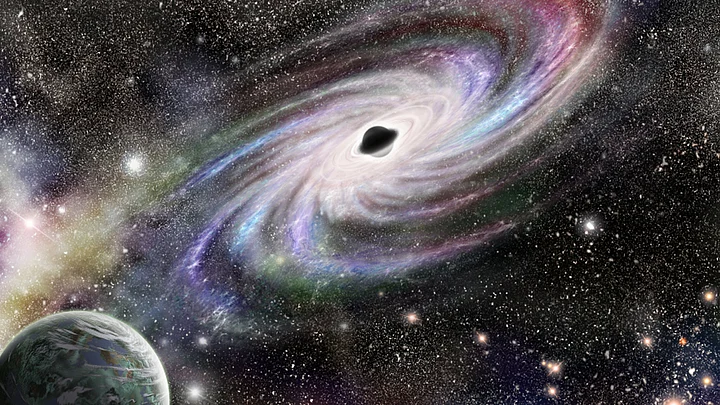Albert Einstein had proposed the theory of general relativity a century ago, and based on that, works of science fiction consumed the idea of time travel over and over again.
Now, scientists from the Laser Interferometer Gravitational Wave Observatories (LIGO) at Louisiana and Washington have been able to verify Einstein’s controversial theory by detecting gravitational waves from billions of light years away.
Einstein had proposed that time and space is a single continuum. According to this model, space is three dimensional and time forms the fourth dimension.
Gravity is how space and time is warped by mass, and bigger the mass, more massive the warp of space-time.
When a massive object accelerates, it sends ripples around it, which are gravitational waves.
At each observatory, the two-and-a-half-mile (4-km) long L-shaped LIGO interferometer uses laser light split into two beams that travel back and forth down the arms (four-foot diameter tubes kept under a near-perfect vacuum). The beams are used to monitor the distance between mirrors precisely positioned at the ends of the arms.
The twin observatories built 4km arms facing each other at 90 degrees with a mirror in between. Each LIGO detector emanates a laser beam and splits it in two. One beam is sent down a 2.5-mile long tube, the other down an identical yet perpendicular tube.
The laser beams bounce off mirrors and converge at the beam splitter, canceling each other out, due to which no light is seen around the light detector.
But every time a gravitational wave was detected, it warped space-time, stretching one tube longer than the other. In such a case, the beams didn’t cancel each other out. How did the scientists observe this phenomenon? The light detector registered flashes of light until the gravitational wave passed.
According to Einstein’s theory, the distance between the mirrors will change by an infinitesimal amount when a gravitational wave passes by the detector. A change in the lengths of the arms smaller than one-ten-thousandth the diameter of a proton (10-19 metre) can be detected.
Scientists estimate that the gravitational waves that were emanated from black holes were about 29 and 36 times the mass of the sun and a cataclysmic event took place approximately around 1.3 billion year ago.
(With inputs from NBC News, LIGO)
